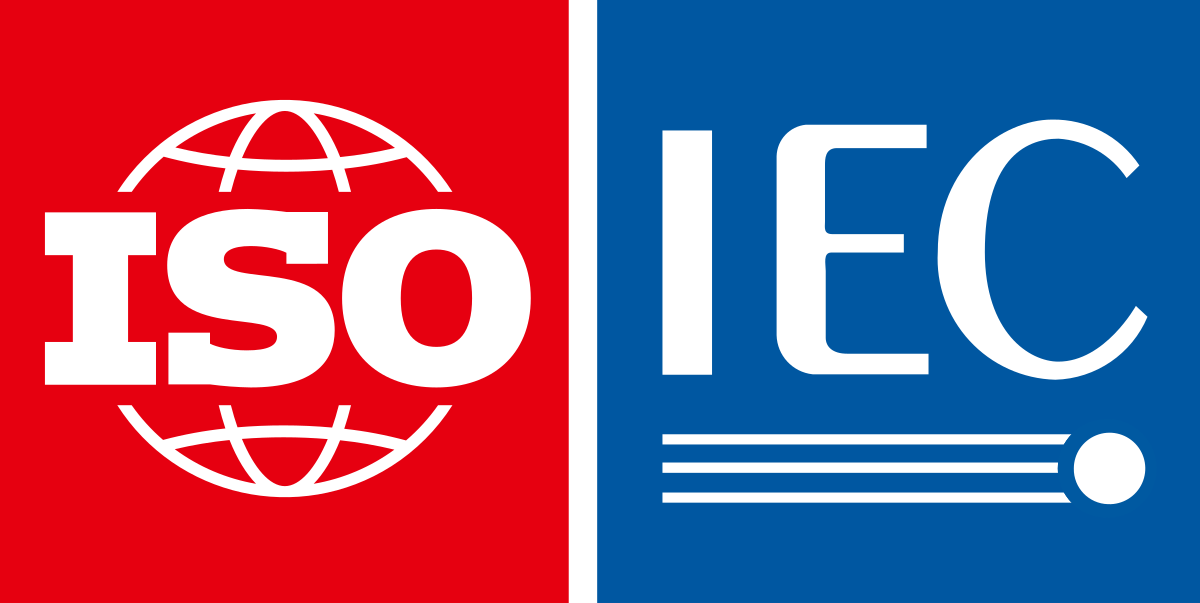Building a Brand That Scales
Strategic insights on creating a brand identity that grows with your business and resonates with your target audience.
The Scalability Challenge
Most businesses start with a logo and a business card, calling it their "brand." But a truly scalable brand is much more than visual elements—it's a comprehensive system that can grow, adapt, and maintain its power as your business expands from startup to enterprise.
The brands that successfully scale share common characteristics: they're built on strong foundations, designed for flexibility, and managed with consistency. They understand that brand building is not a one-time project but an ongoing strategic investment.
The Four Pillars of Scalable Branding
Before diving into tactics, let's establish the foundational elements that every scalable brand needs:
Clear Brand Purpose
Define why your brand exists beyond making money
Example: Patagonia: "We're in business to save our home planet"
Deep Audience Understanding
Know your customers' needs, desires, and pain points
Example: Nike: Understands athletes' drive for achievement
Authentic Brand Values
Establish principles that guide every business decision
Example: Ben & Jerry's: Social justice and environmental responsibility
Consistent Brand Experience
Deliver the same brand promise across all touchpoints
Example: Apple: Seamless experience from store to product to support
Common Scaling Challenges (And How to Overcome Them)
As your business grows, you'll face predictable brand challenges. Here's how to prepare for and overcome them:
Challenge: Maintaining Consistency
As you grow, ensuring brand consistency across teams, locations, and channels becomes increasingly difficult.
Solution: Create comprehensive brand guidelines and regular training programs.
Challenge: Evolving Without Losing Identity
Adapting to new markets and customer needs while staying true to your core brand.
Solution: Focus on evolving your expression while keeping your core purpose constant.
Challenge: Resource Allocation
Deciding where to invest limited resources for maximum brand impact.
Solution: Prioritize touchpoints that have the highest customer interaction frequency.
Challenge: Cultural Differences
Adapting your brand for different markets without diluting your message.
Solution: Localize execution while maintaining global brand principles.
Building Your Brand System
A scalable brand isn't just a logo—it's a comprehensive system. Here are the key components you need to develop:
Visual Identity
Components:
Scalability Focus:
Create flexible systems that work across all media and sizes
Brand Voice
Components:
Scalability Focus:
Develop voice guidelines that anyone on your team can follow
Brand Experience
Components:
Scalability Focus:
Map and optimize every customer interaction point
Brand Culture
Components:
Scalability Focus:
Embed brand values into your organizational DNA
The Brand Guidelines Blueprint
Your brand guidelines are the instruction manual for your brand. They ensure consistency as your team grows and your brand touches more people. Here's what to include:
Essential Sections for Brand Guidelines
- Brand Story & Purpose: Why you exist and what you stand for
- Target Audience: Who you serve and how you serve them
- Brand Personality: How your brand behaves and communicates
- Visual Identity: Logo usage, colors, typography, imagery
- Voice & Tone: How you write and speak
- Application Examples: Real-world usage across different media
- Do's and Don'ts: Clear examples of correct and incorrect usage
Measuring Brand Success at Scale
As your brand grows, you need metrics to track its health and impact. Here are the key indicators to monitor:
Brand Awareness Metrics
- Unaided brand recall: Can people remember your brand without prompting?
- Share of voice: How much of the conversation in your industry do you own?
- Search volume: How many people are searching for your brand?
- Social mentions: How often is your brand discussed online?
Brand Perception Metrics
- Net Promoter Score (NPS): How likely are customers to recommend you?
- Brand sentiment: What do people say about your brand?
- Brand association: What qualities do people associate with your brand?
- Purchase intent: How likely are people to buy from you?
Brand Performance Metrics
- Customer lifetime value: How valuable are your brand loyalists?
- Price premium: Can you charge more than competitors?
- Customer retention: How well does your brand keep customers?
- Employee advocacy: Do your employees promote your brand?
Digital Brand Scaling
In today's digital-first world, your online brand presence often determines your success. Here's how to scale your brand digitally:
Website as Brand Hub
Your website is often the first and most important brand touchpoint. Ensure it:
- Reflects your brand personality in design and copy
- Provides a consistent experience across all pages
- Loads quickly and works on all devices
- Tells your brand story effectively
- Converts visitors into customers or leads
Social Media Brand Consistency
Each social platform has its own culture, but your brand should be recognizable across all of them:
- Adapt your voice to each platform while maintaining core personality
- Use consistent visual elements (colors, fonts, style)
- Share content that aligns with your brand values
- Engage with your audience in a brand-appropriate way
The Long-Term Brand Vision
Building a scalable brand requires thinking beyond your current size and scope. Consider:
- Future markets: How will your brand adapt to new geographic or demographic markets?
- Product expansion: Can your brand stretch to cover new products or services?
- Channel growth: How will your brand work across new sales and marketing channels?
- Cultural evolution: How will your brand stay relevant as culture and values change?
Remember, the most successful brands are those that remain true to their core purpose while continuously evolving their expression. They understand that brand building is not about perfection—it's about consistency, authenticity, and continuous improvement.



